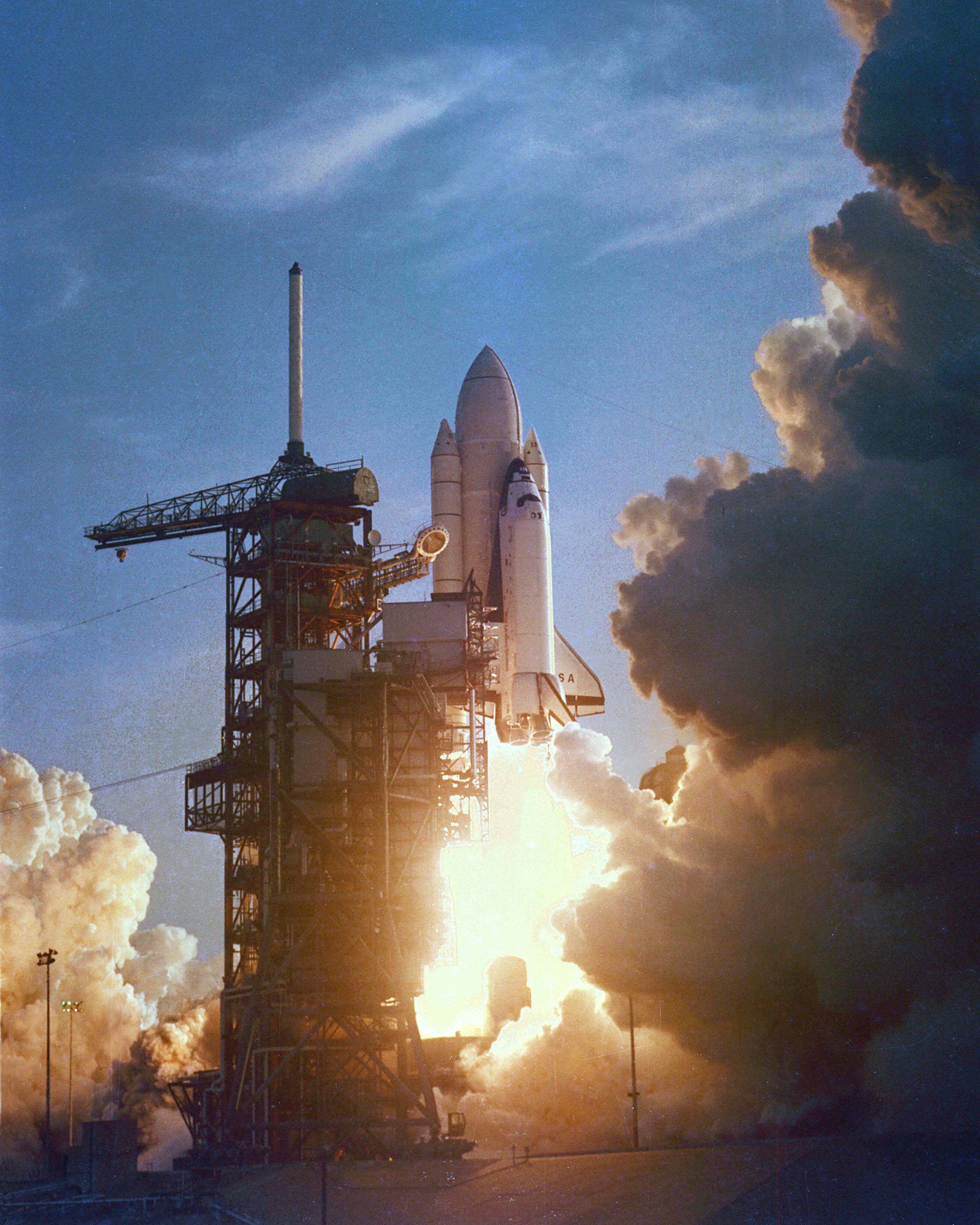
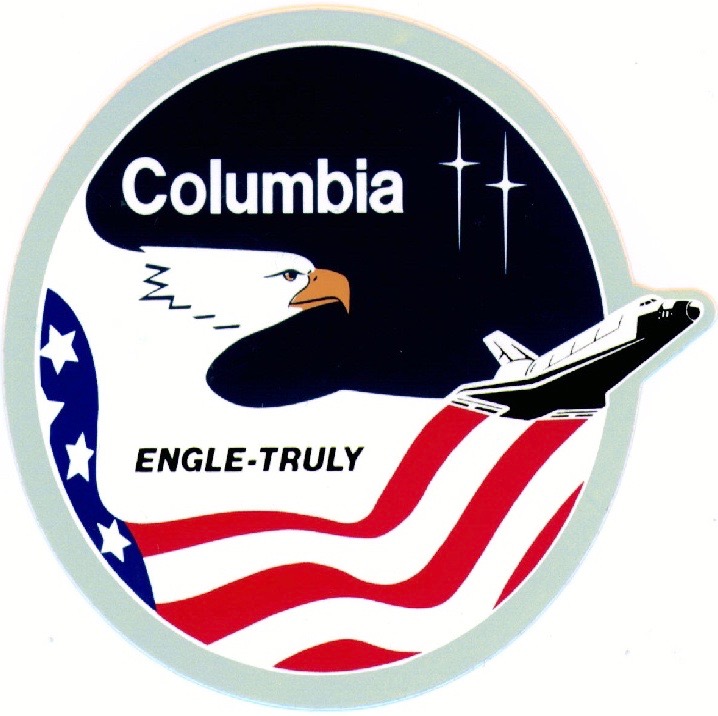 12 November 1981, 15:09:59 UTC, T minus Zero: At 10:09:59 a.m., Eastern Standard Time, Space Shuttle Columbia (OV-102) lifted of from Launch Complex 39A at the Kennedy Space Center, Cape Canaveral, Florida.
12 November 1981, 15:09:59 UTC, T minus Zero: At 10:09:59 a.m., Eastern Standard Time, Space Shuttle Columbia (OV-102) lifted of from Launch Complex 39A at the Kennedy Space Center, Cape Canaveral, Florida.
On board were two NASA astronauts, Colonel Joe Henry Engle,¹ United States Air Force, the mission commander, and Captain Richard Harrison Truly, United States Navy, shuttle pilot.
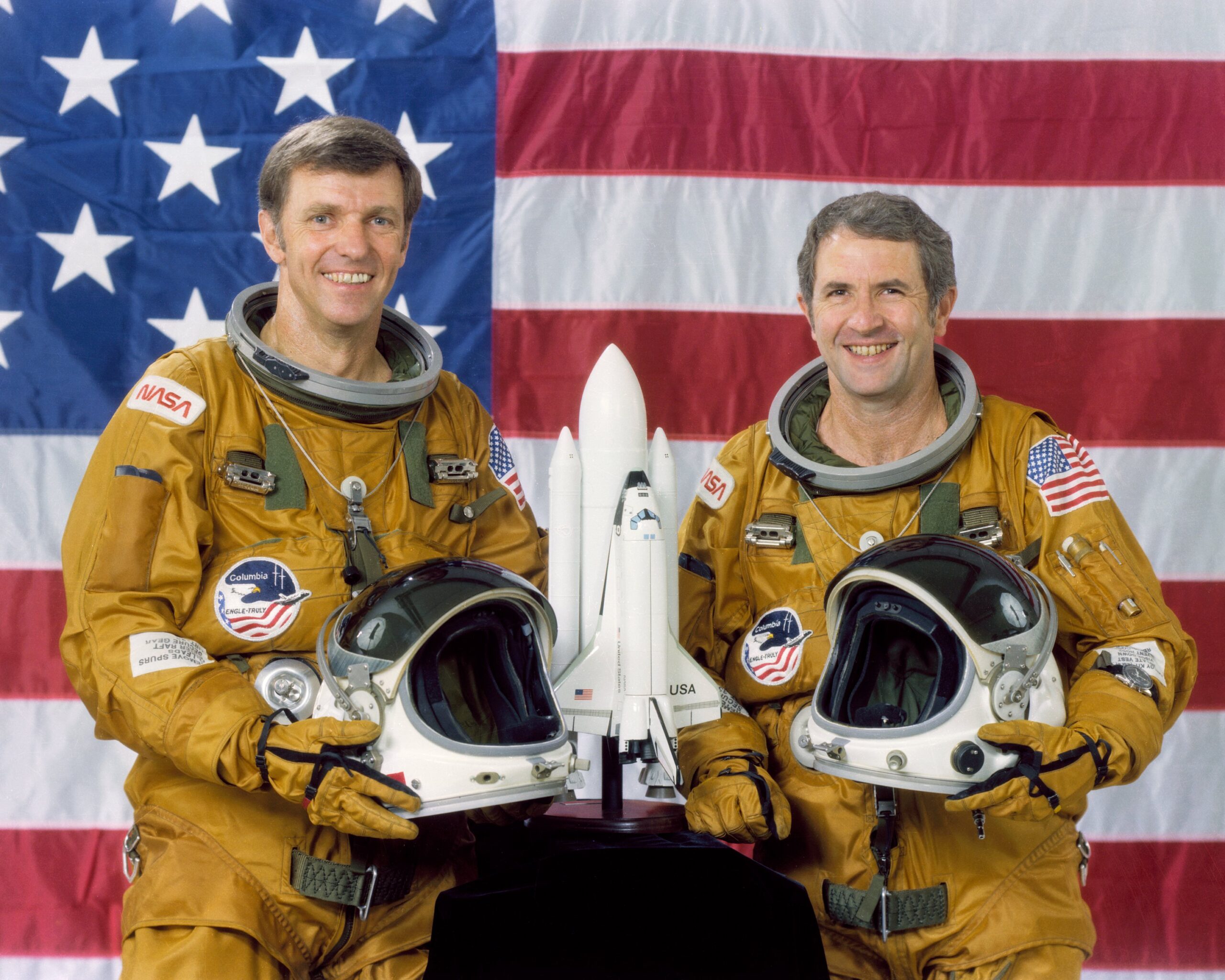
This was the very first time that a manned spacecraft had returned to space on a second mission.
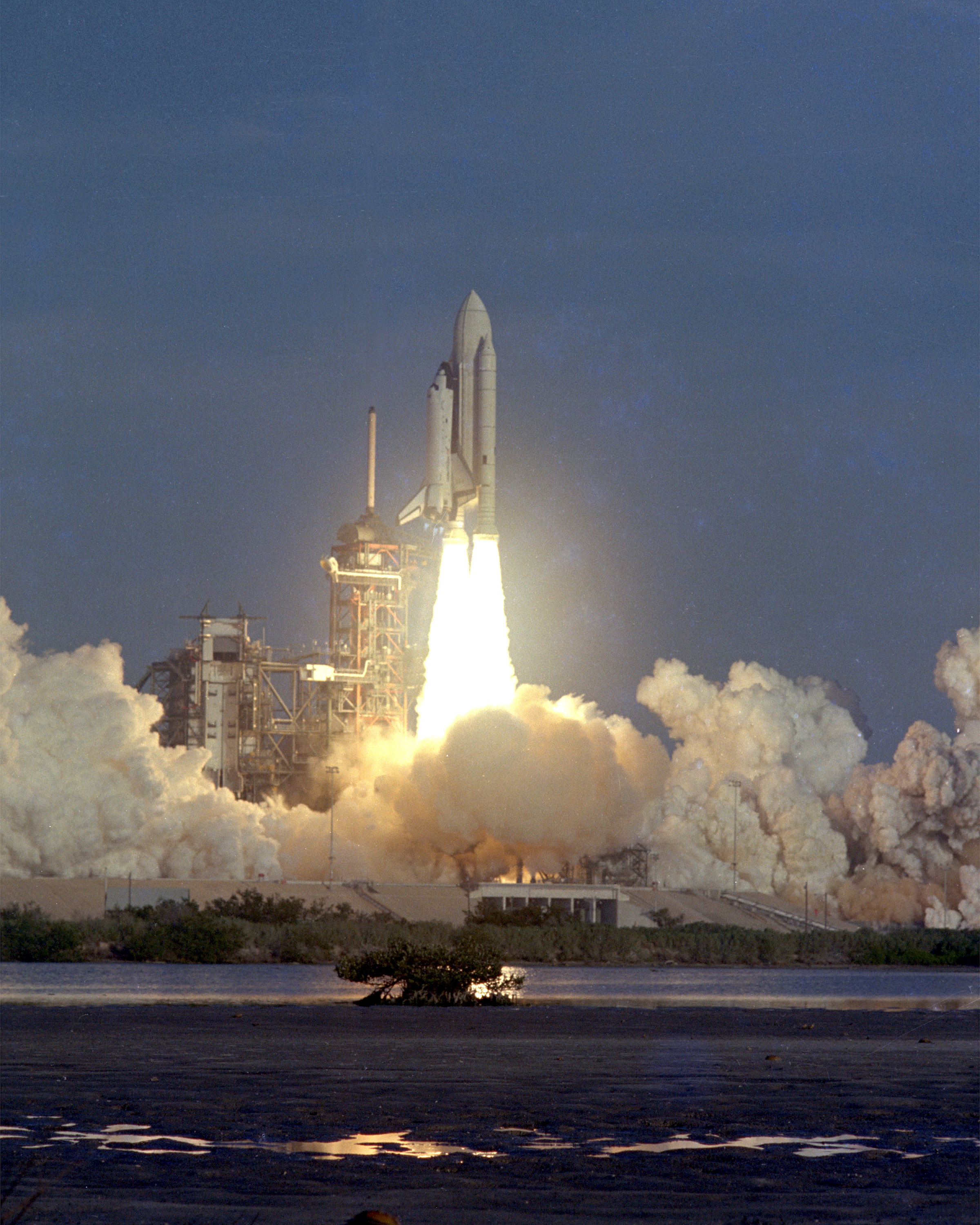
Columbia entered a Low Earth Orbit at an altitude of 157 nautical miles (181 statute miles/291 kilometers).
At liftoff the vehicle weighed 2,030,250 kilograms (4,475,943 pounds).
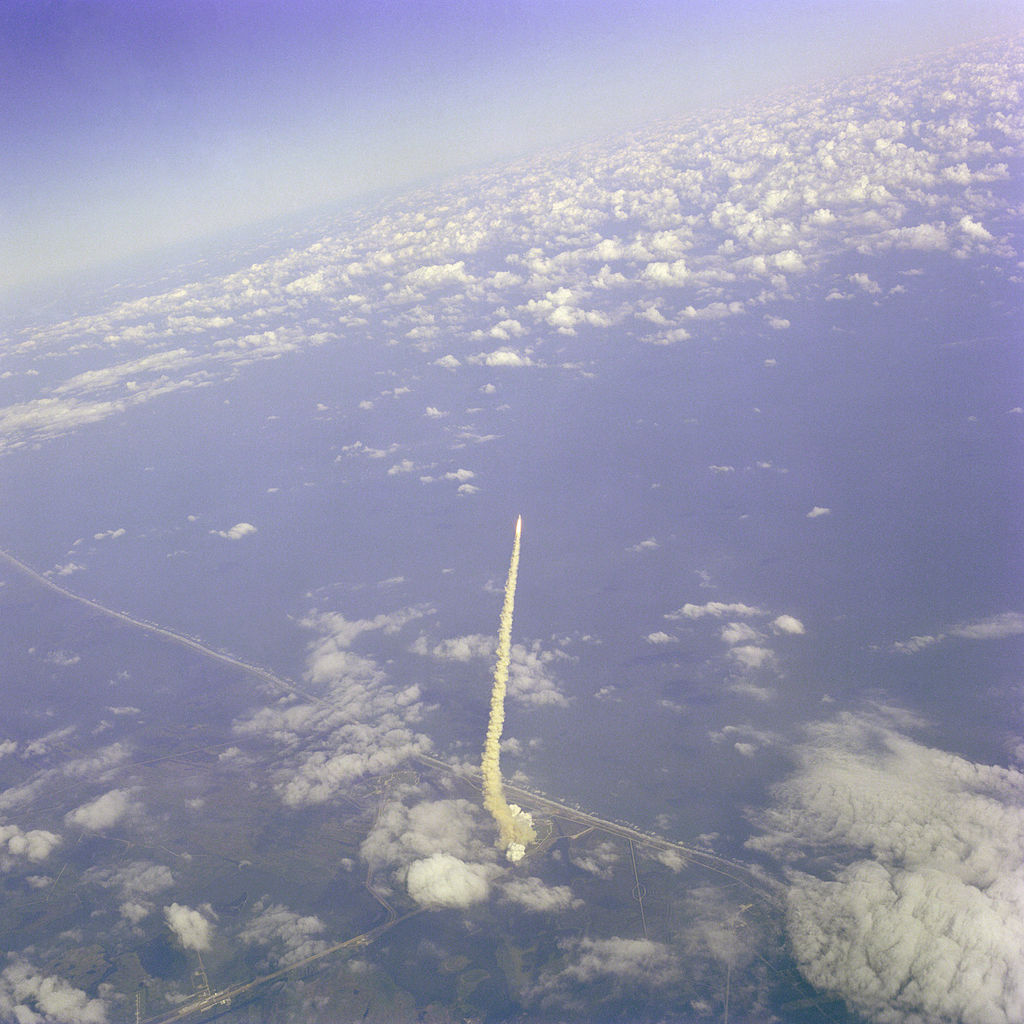
STS-2 was planned as a five-day mission. In addition to continued testing of the orbital vehicle, on this flight the Remote Manipulator System (the “robot arm”) would be operated for the first time in space. A number of other experiments were carried in the cargo bay. However, when one of the three fuel cells producing electrical power and water failed, the mission was cut short.
Columbia landed on Rogers Dry Lake at Edwards Air Force Base, California, at 1:23 p.m. PST, 14 November 1981. The shuttle completed 37 orbits. The total duration of the flight was 2 days, 6 hours, 13 minutes, 13 seconds.
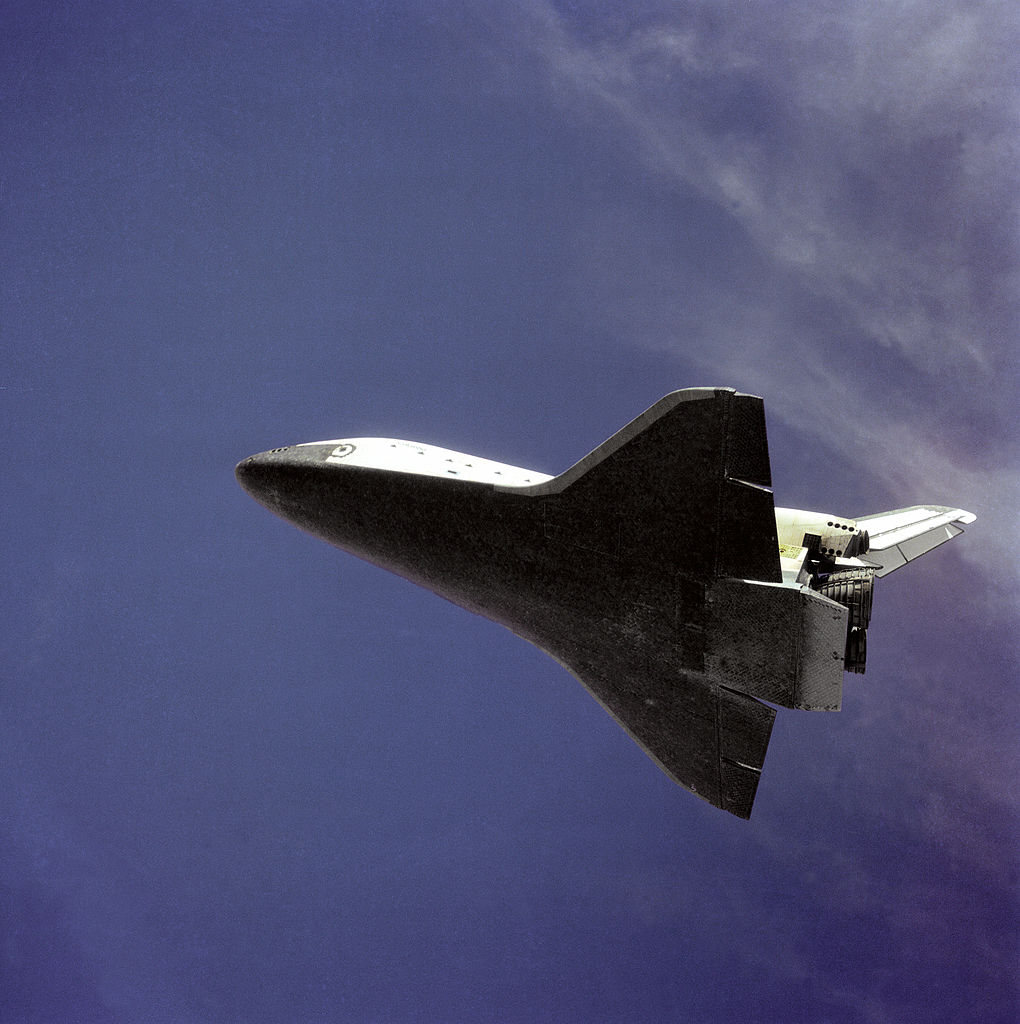
¹ Joe Engle qualified as an astronaut during the X-15 Program, when he flew the # 3 rocketpane, 56-6672, to 280,600 feet (85,527 meters), 29 June 1965, and he is the only person to have done so prior to entering NASA’s manned space flight program.
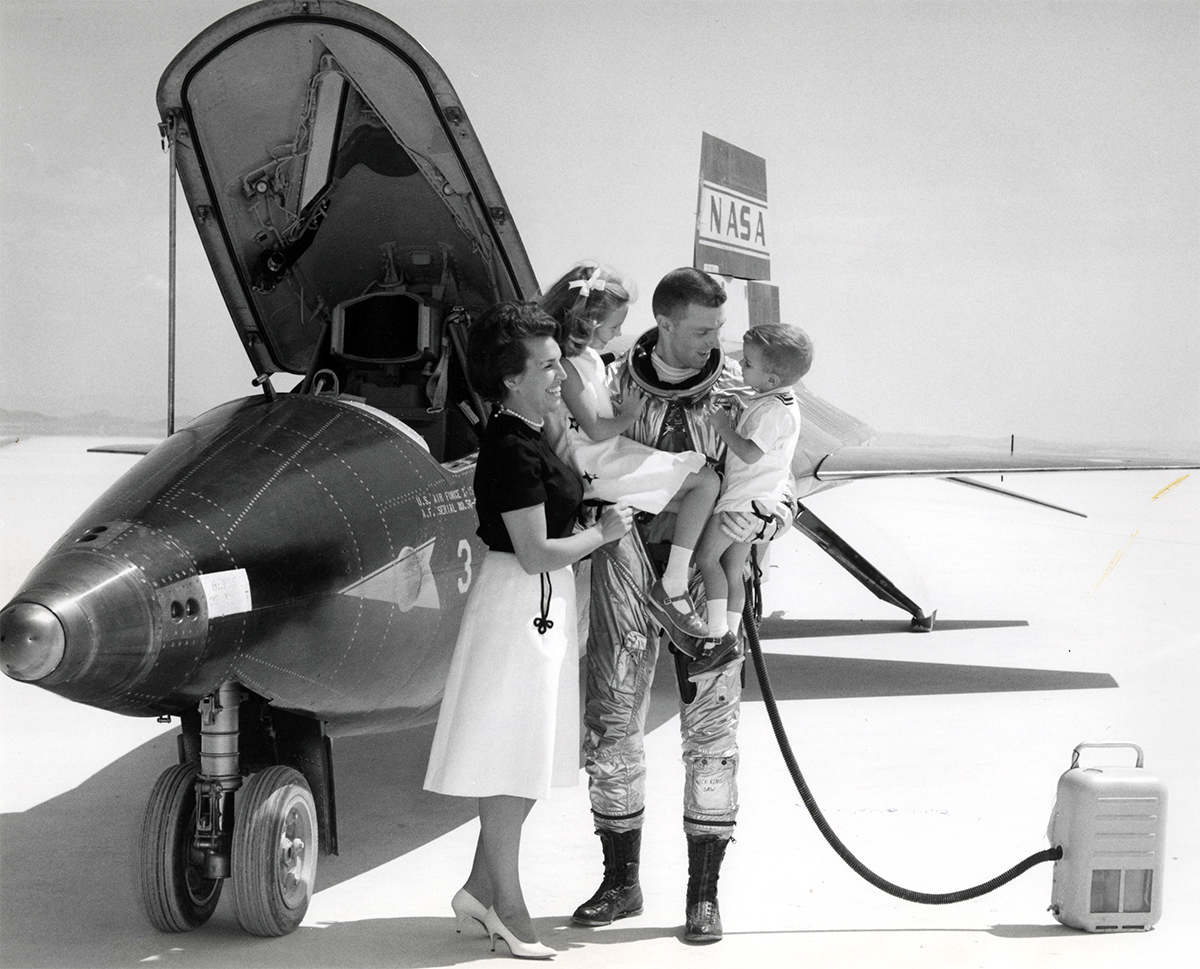
© 2018, Bryan R. Swopes
Hello Mr. Swopes,
For this entry, it may be worth noting that “Engle manually flew the re-entry from Mach 24 throughout the entire approach and landing, as the only shuttle pilot to have done so, so as to test the limits of the shuttle’s stability and controls…Twenty-nine planned Programmed Test Inputs (PTIs) were manually flown in the Control Stick Steering (CSS) mode, with Engle making use of his past experience in the X-15. These PTIs provided useful data for subsequent engineering modifications.” Wikipedia note 2.
And from Wikipedia entry for STS-2 note 10 MG Engle said “I think the other major addition or change as we evolved was to incorporate a series of flight test data maneuvers, inputs, into the vehicle during the entry so that the aerodynamic parameters could be extracted from the data that was being recorded, and we were able to then understand more fully what the margins were of the Space Shuttle as you reenter the atmosphere. On STS-1, understandably, the desire was to fly the most benign entry possible, the least disturbed entry possible, and just keep it right in the groove all the way down, not knowing at all how the vehicle would react or respond to that kind of an entry. The [STS-1] entry was very, very successful and we were therefore able to convince the management that we could aggressively pursue looking at what the margins were so that in future flights we’d know if we could go to a lower angle of attack for more cross range; for example, if we could maneuver at higher roll rates if we had to in an off-nominal situation. So we were able to perform a whole series of maneuvers, which was very, very rewarding from a pilot’s standpoint.”
Hope you find this useful. Thanks for TDiA, it’s a great read.
Very interesting! Thank you.
Engle was due to the Lunar Module Pilot on Apollo 17, but we bumped for Harrison Schmitt since Apollo 17 would be the last mission to the moon and they had to have sent at least one scientist.
And while everyone, including Engle, agreed with the decision, man, that’s rough.